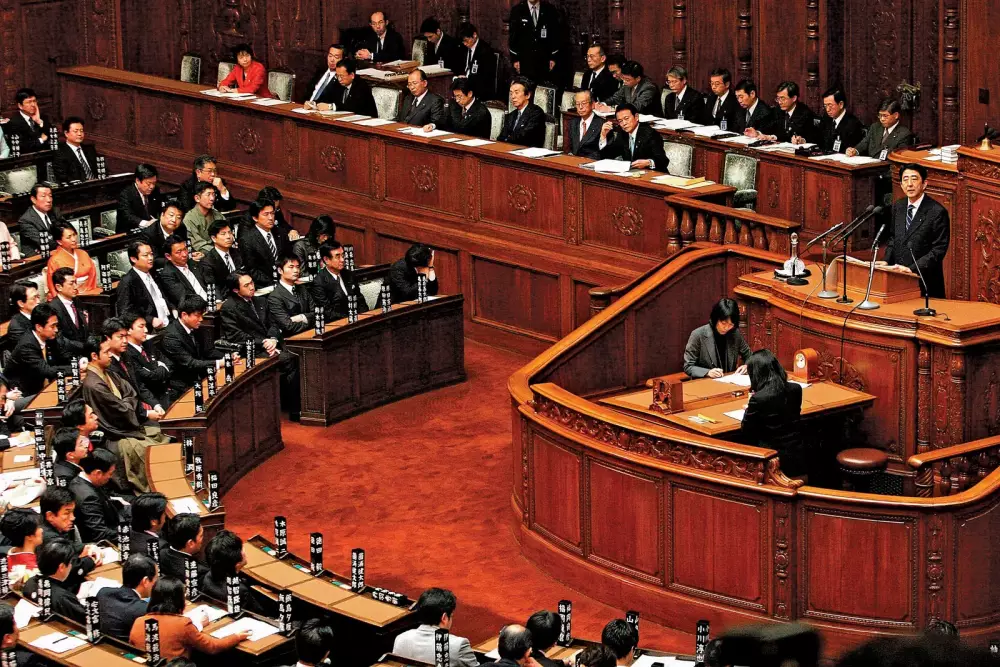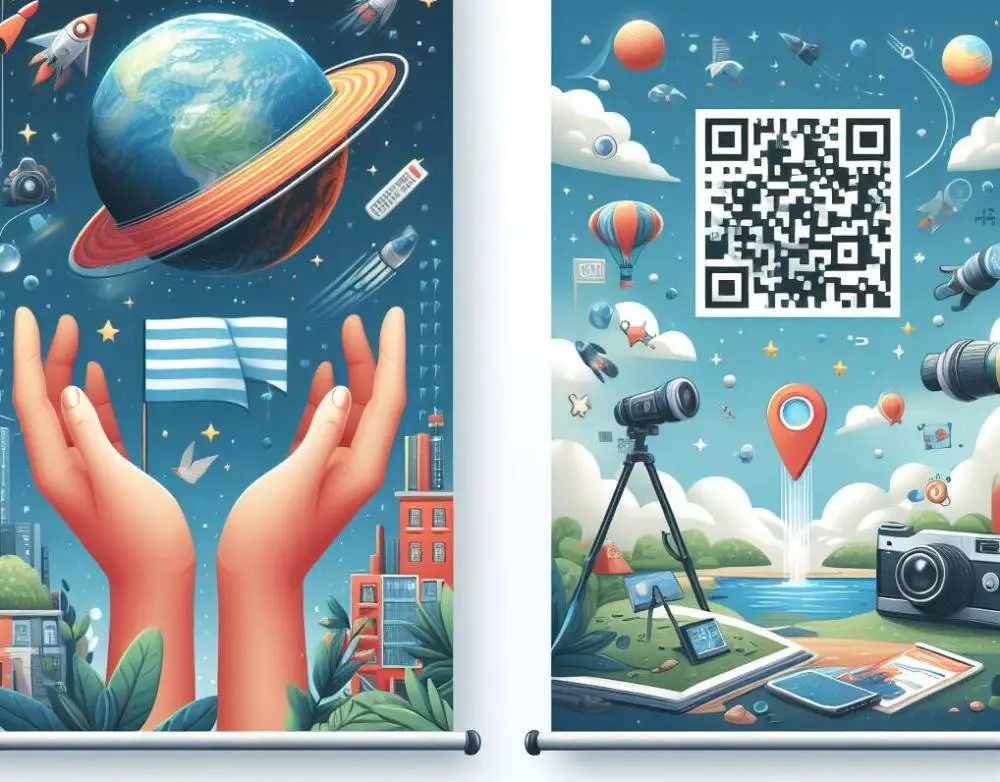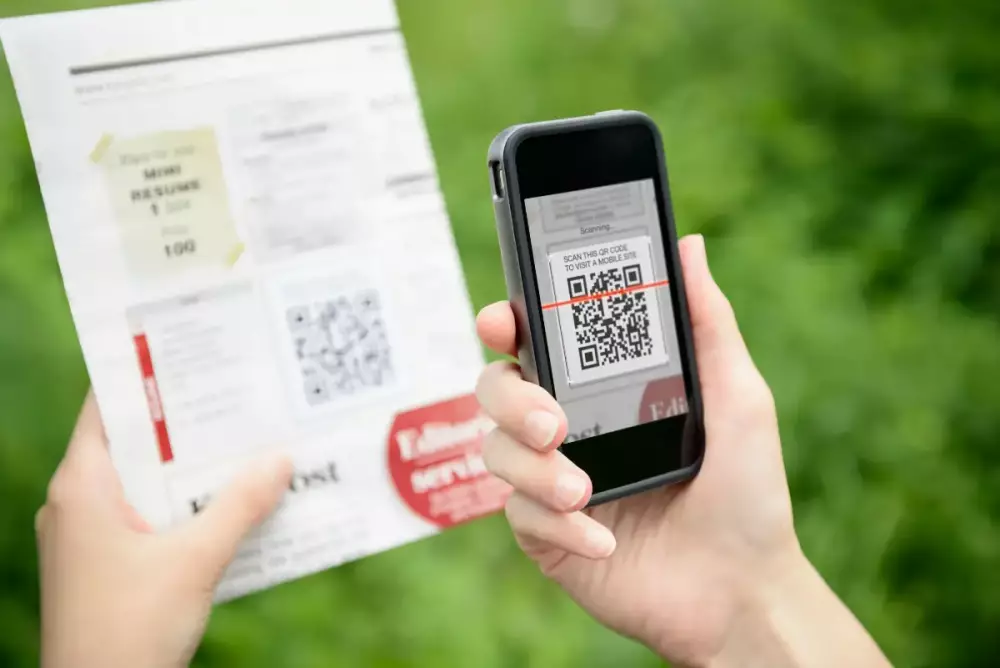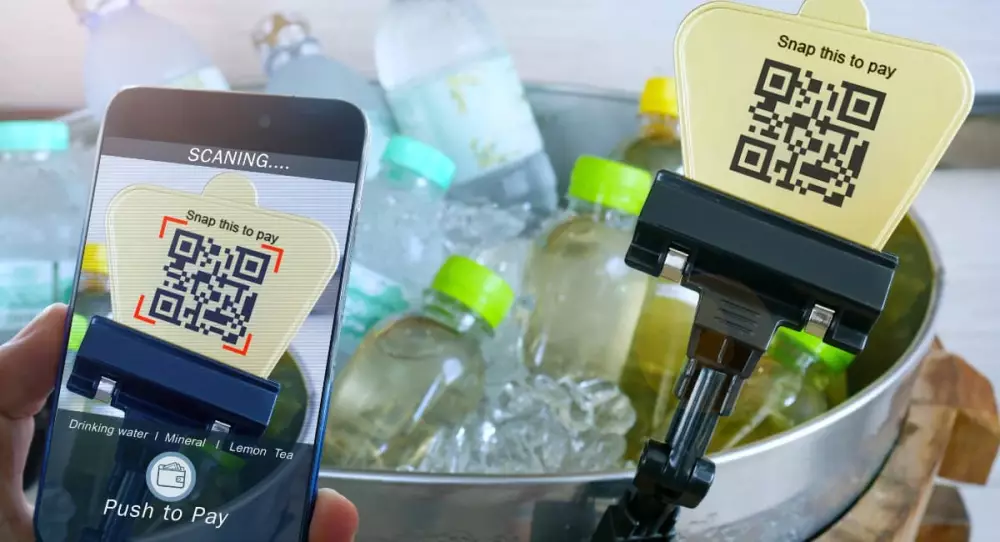In an increasingly digitized world, governments are constantly seeking innovative ways to improve their operations and enhance citizen engagement. Originally developed for inventory management, QR codes have found extensive application in various government sectors, revolutionizing processes, and fostering better interaction between administrations and citizens.
Efficient and Accessible Information for Citizens
QR codes can simplify and expedite service delivery by providing citizens with quick access to information and resources. Government agencies can incorporate QR codes into public service announcements, forms, and brochures, allowing citizens to scan the codes and instantly access relevant information, guidelines, or application forms. This reduces the need for manual paperwork, minimizes waiting times, and ensures citizens receive accurate and up-to-date information efficiently.
Cashless Payments and Financial Transparency
QR codes offer a secure and efficient method for conducting transactions and facilitating financial interactions. Government entities can leverage QR codes to enable cashless payments for various services such as taxes, utility bills, and fines. By scanning the code, citizens can conveniently make payments through their mobile devices, eliminating the need for physical cash or lengthy administrative processes. This streamlined approach improves financial transparency and reduces the risks associated with cash handling.
Authentication, Security, and Convenience
QR codes can enhance the functionality and security of government-issued documents such as identification cards, driving licenses, and passports. By embedding QR codes, these documents can be easily verified and authenticated, reducing the potential for fraud and forgery. Additionally, citizens can scan the codes to access digital versions of their documents, facilitating convenient and secure sharing whenever required.
Timely Notifications and Public Announcements
QR codes enable governments to provide citizens with real-time information and updates on various matters. By placing QR codes in public spaces, on billboards, or on official websites, governments can offer instant access to updates related to public transport schedules, weather advisories, emergency alerts, or changes in government policies. This ensures that citizens are well-informed and can make informed decisions based on the latest information available.
Empowering Citizens and Shaping Public Policies
QR codes can be utilized to gather citizen feedback and conduct surveys on government services, policies, or public infrastructure projects. By incorporating QR codes in public spaces or official websites, governments can encourage citizens to share their opinions and suggestions. Scanning the code can redirect citizens to online surveys or feedback forms, allowing them to voice their concerns, provide valuable input, and actively participate in shaping public policies.
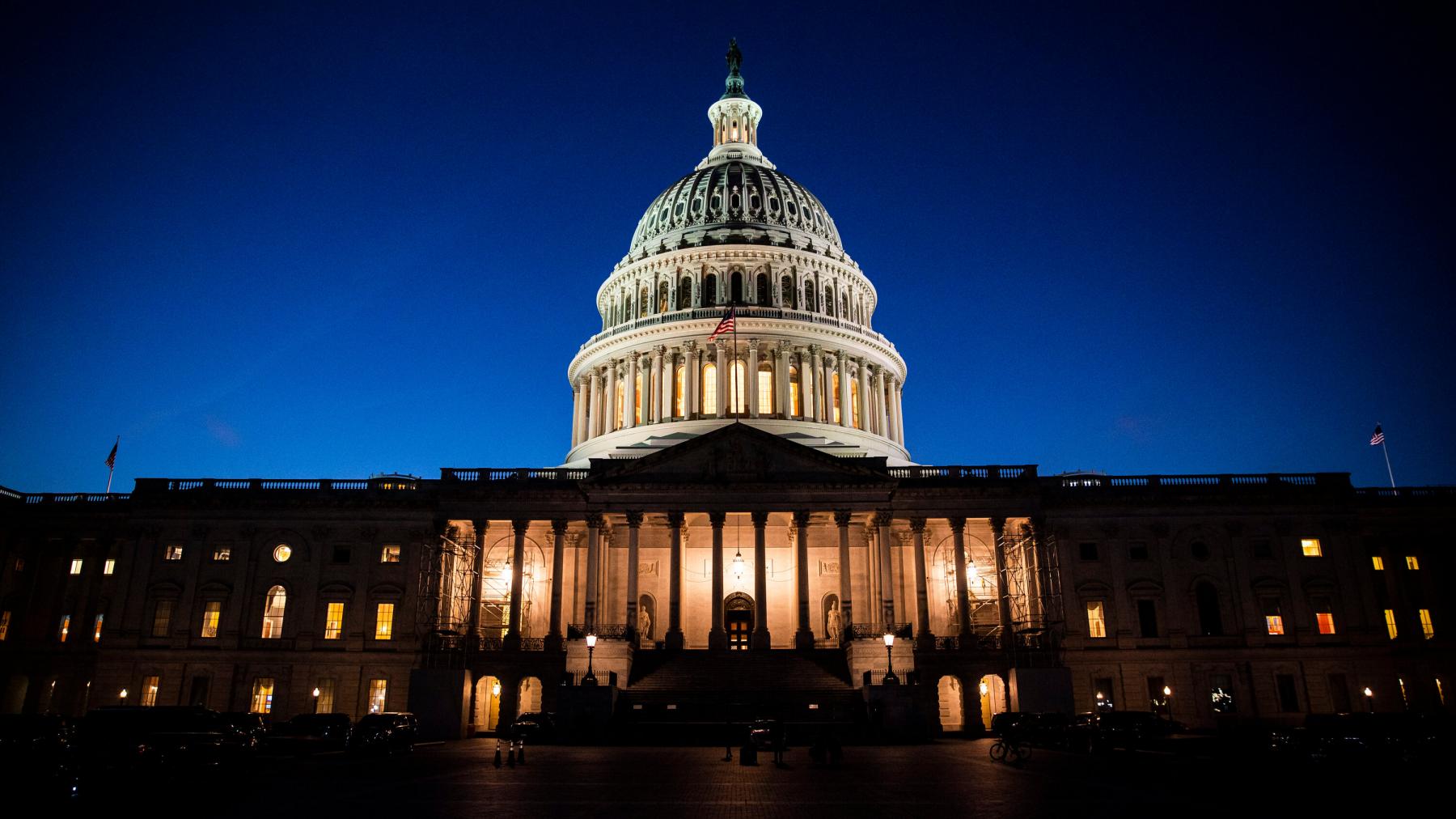
Inclusivity and Civic Participation
QR codes offer an opportunity to engage citizens in civic participation and decision-making processes. Governments can utilize QR codes to provide access to online platforms where citizens can participate in town hall meetings, budget consultations, or policy discussions. By scanning the code, citizens can join virtual meetings, provide input, and engage in meaningful dialogue with their elected representatives, fostering a sense of inclusivity and empowerment.
Efficient Communication and Preparedness
QR codes can play a crucial role in enhancing emergency response efforts. Government agencies can incorporate QR codes in disaster preparedness materials, providing citizens with instant access to emergency contact numbers, evacuation plans, and safety guidelines. During emergencies, scanning qr code can connect citizens to real-time updates and emergency helplines, ensuring prompt and accurate information dissemination.
